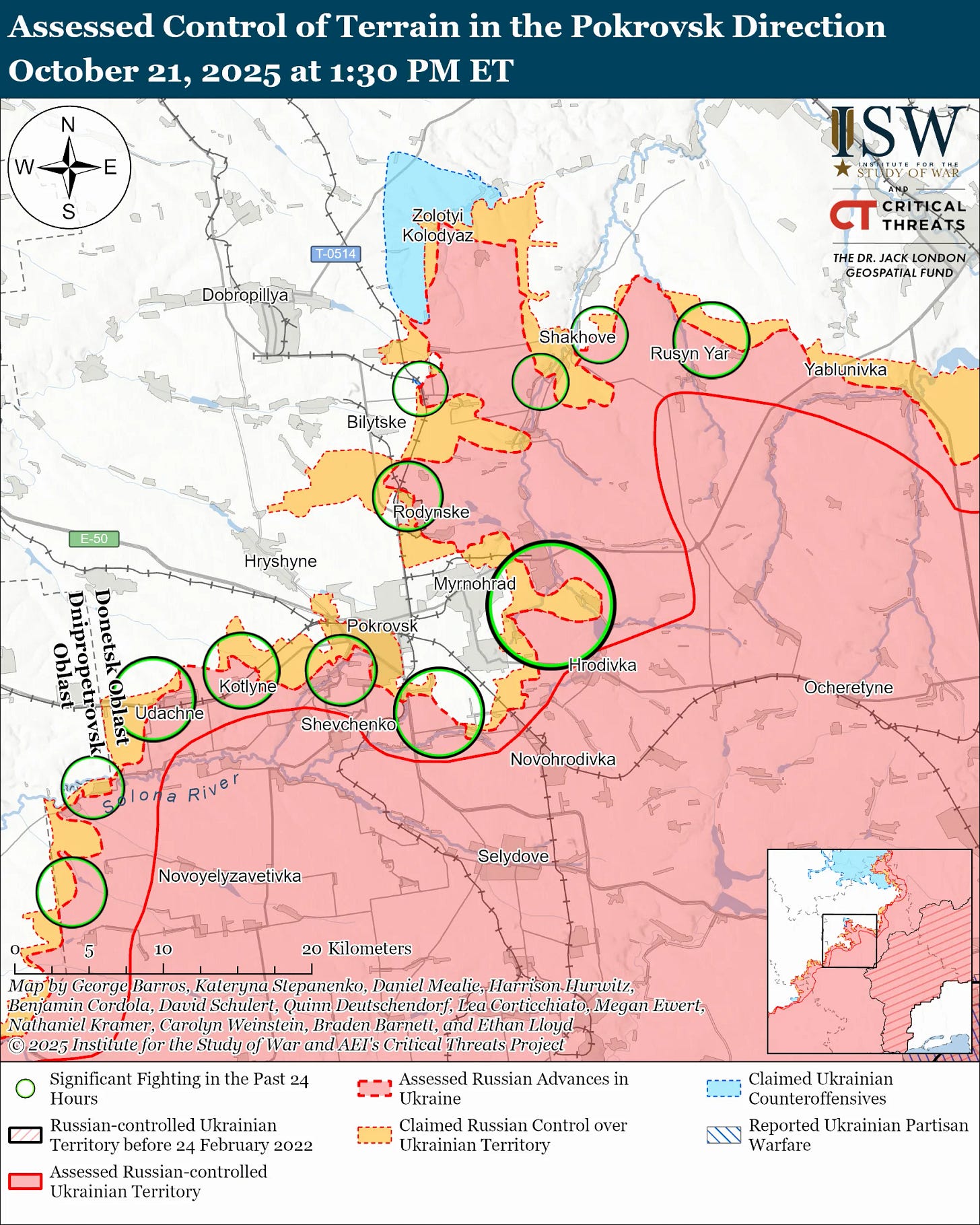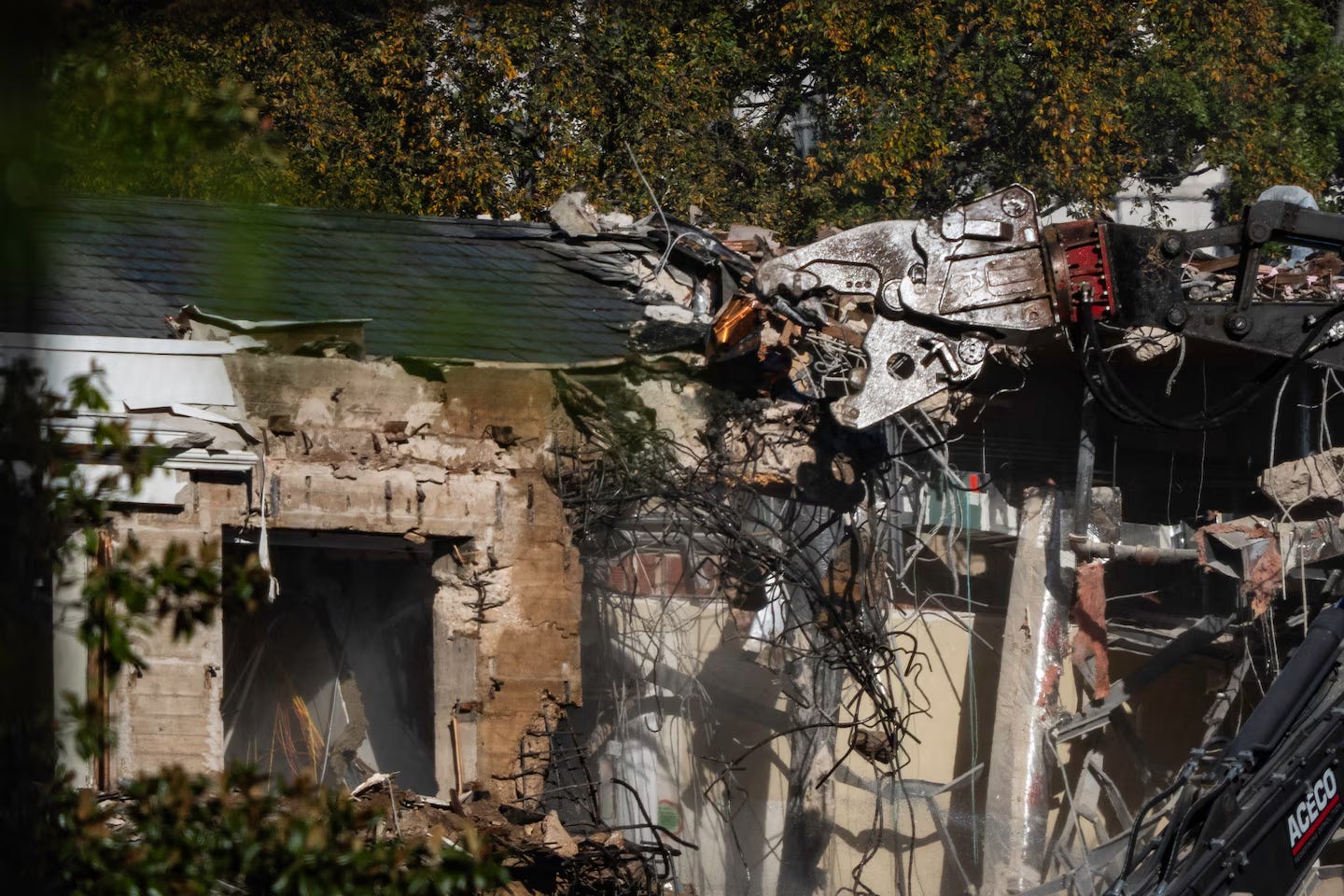Trump and Hegseth sure do like the word, “lethal.” But it’s a meaningless word in the context of the modern world. How did U.S. lethality work out in Iraq and Afghanistan? Did all our warships and our stealthy fighters and bombers and our highly trained soldiers win us anything even marginally resembling a victory in those two countries? The four-year anniversary of Russia’s war against its much, much smaller neighbor, Ukraine, is fast approaching. How’s that working out for you, Vlad? Scheduled your victory parade for Red Square yet?
What the hell is happening over there in Ukraine? What the hell happened to us in Iraq and Afghanistan? With all our wealth, all our technological superiority, all the weapons systems we have spent decades building and equipping our army and air force and navy and marines with, why weren’t we able to roll into Afghanistan in 2001 after 9-11 and kick ass and take names and get our revenge and declare victory and get out of there? Why was “shock and awe” in Iraq such a dud?
I read something the other day that said a main battle tank like the U.S. Abrams facing enemy drones is estimated to have a 75-minute lifespan on the modern battlefield. Those Abrams we sent to Ukraine? They’re either dead or useless. Same for Russia’s main modern battle tank, the T-90. According to an authoritative Dutch open-source intelligence site called Oryx, it has been visually confirmed that Russia has lost 187 T-90 tanks since the war began in 2022. The Ukrainian army has destroyed them with American-made Javelin anti-tank missiles and another missile made by Sweden, the fire-and-forget NLAW. Ukraine has also used drones to destroy Russian tanks, dropping small explosive warheads down the commander’s cupola, or using drones to put anti-tank mines in their way.
I spent a few hours this afternoon reading the latest update on the Russia-Ukraine war from the Institute for the Study of War, which follows the war using open-source methods and reports from the battlefield gleaned from sources in Ukraine and Russian military bloggers. Scrolling through the ISW report, dated October 21, what you see is a depressing tableau of a pitiful helpless giant nibbling at Ukrainian front-line defenses all the way from the border with Russia to Kherson in the South.
One paragraph of the ISW report of the Russian fight for Pokrovsk – one paragraph – reads like this: “Russian forces attacked near Pokrovsk itself; north of Pokrovsk near Rodynske; northeast of Pokrovsk near Sukhetske, Krasnyi Lyman, Novoekonomichne, and Mykolaivka; east of Pokrovsk near Myrnohrad; southeast of Pokrovsk near Promin and Lysivka; south of Pokrovsk near Zelene; and southwest of Pokrovsk near Zvirove, Kotlyne, Udachne, and Molodetske on October 20 and 21.”
Expanding on that paragraph, ISW reports that a Ukrainian drone battalion commander described street to street fighting with small groups of Russian soldiers attacking Ukrainian drone operators and mortar crews one by one with “small arms.” ISW reports like that one go all the way from Kupyansk in northern Luhansk through Donetsk and outside of Bakhmut – remember Bakhmut? They’re still fighting a few miles outside of that piece of flattened Ukraine. And down the front lines the fighting goes, through Zaporizhia all the way to just outside Kherson.
Here is a description of a Russian assault on a town called Orikhiv in the Zaporizhia region: “Artillerymen and drone operators of the 4th Military Base (58th CAA); drone operators of the 42nd Motorized Rifle Division, including its 417th Reconnaissance Battalion and Unmanned Systems Company; and Molniya-2 loitering munition operators of the Russian Chechen Vostok-Akhmat Battalion are reportedly striking Ukrainian positions and forces near Mala Tokmachka.”
Got that? “For loitering munitions” read: drones. For “Unmanned Systems Company” read: drones. There are similar descriptions of actions by Ukraine’s forces. The war, along a front that is more than 600 miles long, is being fought with drones, mortars, artillery, and occasionally rifles. It’s modern, but it’s not. War today is still bullets and artillery shells and rockets and explosions and death.
So, we have one of the world’s big powers, a country with as many if not more nuclear weapons than the U.S. has, a country with a zillion barrels of oil under its ground, one of the countries that defeated the Nazi war machine, and what are they doing? They’re flying armed drones over Ukraine. They’re shooting mortars at positions held by Ukrainian soldiers that are so deeply dug-in that there are few, if any, casualties. Russia now has somewhere in the vicinity of 600,000 soldiers in Ukraine, many with training of only a few weeks.
Russian losses have been staggering. Politico reported last week in a story titled, “Russia bleeds troops for microscopic frontline gains,” that Russia has lost “281,550 soldiers in Ukraine in the first eight months of this year, according to a document that Ukrainian intelligence says contained leaked Russian data.” Based on Western intelligence estimates, The Economist estimates that there have between 1 million and 1.5 million Russians killed or wounded since February of 2022. The British Ministry of Defense estimates that about 250,000 Russian soldiers have been killed.
Those Russian soldiers were killed in the kinds of attacks that I just described happening all along the front lines. Ukraine can be said to be winning its war against Russia, even as they lose a kilometer here, a village there, because they have turned a 600-mile front line into one gigantic Battle of Bakhmut. Russia attacks and attacks and attacks again, all along the front and after two or three months, ISW reports that they now occupy this village in the north or that village in the south that less than a thousand Ukrainians once called home.
Meanwhile, Russia is sending rockets and drones into Ukraine by the hundreds on a nightly basis. They hit a kindergarten in Kyiv last night. ISW reports that Russia is carrying out “acts of sabotage and hybrid operations” in Poland and Romania and elsewhere in Western Europe. Russian operatives are attempting to booby-trap supply shipments into Ukraine with explosives. They’re flying jets over Estonian airspace. They’ve flown armed drones across the Polish border.
This is the war being waged by one of the world’s alleged “superpowers.” Their rockets destroyed a kindergarten. Armed Russian drones are flying into apartment buildings in Kyiv and Kharkiv and Kherson. They are killing Ukrainian civilians every single night. Russian soldiers are being sent to the frontlines with incomplete uniforms having spent less than a week shooting their AK-47’s in training. It’s no wonder that they are dying and being seriously wounded by the hundreds of thousands. Politico reports that Ukraine has recently captured 2,300 Russian soldiers. Almost 34,000 Russian soldiers are described by Russia itself as “missing.”
What happened to Putin’s big attack on Ukraine? His generals told him he would take Kyiv in five days. Today, restaurants and movie theaters are open in Kyiv. The government is functioning. The same Ukrainian president whom Putin thought he would force from office is still the country’s leader.
After nearly four years.
Warfare for big countries has become one huge Vietnam. Spend hundreds of billions. Commit millions of troops. Blow shit up. Invent and put new kinds of weapons into the war. Play the game of catch-up with remote controlled drones and computers that hack the enemy’s defenses. Shoot more artillery shells. Fire more missiles. Blow more shit up.
Where is the victory? Where are the Russian flags over Kyiv and Kharkiv and Kherson? What is Putin doing on the phone with Trump? He’s demanding that Ukraine give up territory that he cannot take having spent the lives of nearly 300,000 Russian soldiers this year alone. Trump, to his everlasting shame, actually listened to him in Anchorage, and then turned around and told President Zelenskyy what Putin said. Then he lectured Zelenskyy at the White House last week, telling him once again that he would have to give up Ukrainian land that his army has fought over for four years.
What kind of war is this? For Russia, it’s a losing war. For Trump, it’s a war that he cannot “end” in the way he thinks he has “ended” all the other wars he has hallucinated on his way to his hallucinated Nobel Peace Prize.
This is what happens to countries that have enough nuclear weapons to wipe out whole populations and turn tens of millions of square miles into inhabitable wasteland. They sit on those stockpiles of unusable bombs and missiles, they waste hundreds of billions on “defense” or on “war” in the way we wasted money and material and the blood of our human beings in Iraq and Afghanistan, and Putin has wasted his soldiers and his rubles in Ukraine.
Then, Putin attacks his neighboring country, and with itchy fingers and visions of camouflaged sugarplums in his head and nothing else to do, Donald Trump goes to war against his own citizens. He commits tens, maybe hundreds, of millions of dollars and his uniformed and armed soldiers to the streets of his own country.
That is what our military is doing today. Its soldiers are bopping down Pennsylvania Avenue in Washington D.C. in a cartoon version of a parade. Its generals are flying to a theater somewhere in Virginia so they can be lectured to by two cartoon characters in ill-fitting suits babbling about beards and haircuts and pushups and winning elections that were not won. Its soldiers are picking up garbage and raking leaves in its nation’s capital.
This is why big countries should not go to war. They will lose because the leaders of their armies are delusional ignorant fuckwits with too many gold bathroom fixtures and too much desperately unearned self-importance. It’s a recipe for disaster, a gigantic display of powerlessness by the powerful, and it’s happening right now in Ukraine and in the streets of the United States of America.




